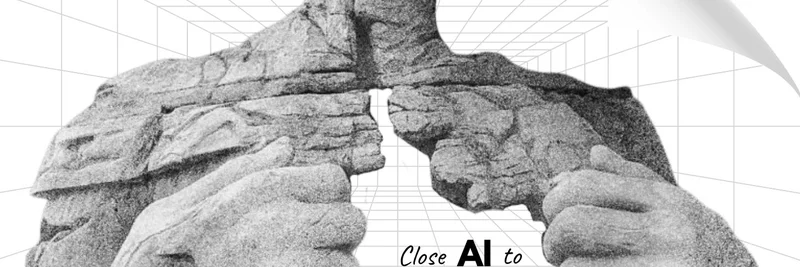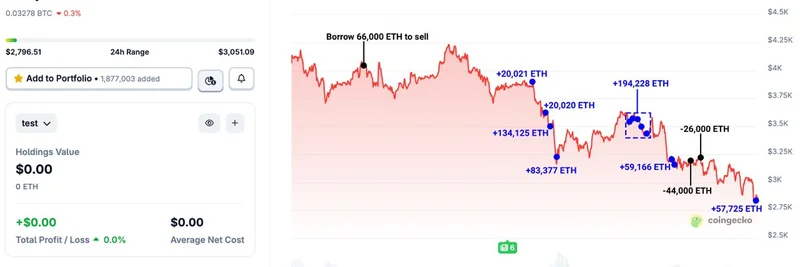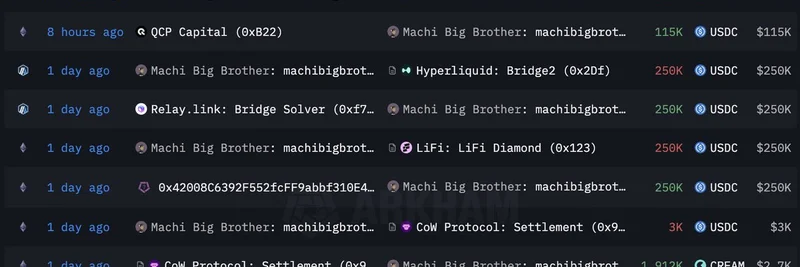If you've been keeping an eye on the intersection of AI and blockchain, you might have caught a fascinating tweet from DeFi enthusiast 0xJeff. In it, he breaks down the shift from closed AI models to open ones, and how this is supercharging decentralized AI—often called DeAI. This trend isn't just tech jargon; it's reshaping how blockchain practitioners, including those in the meme token space, approach innovation. Let's unpack what he said and why it matters.
The Tweet That Sparked the Conversation
Here's the essence of the tweet:
Closed models dominated the last few years. Open models are dominating this year and making Decentralized AI practical. Chinese models like DeepSeek, Qwen, Kimi K2 are being adopted in Silicon Valley because they’re inexpensive, self-hostable, and ideal for decentralized setup. Decentralized compute, inference networks, coordination layers, and on-chain standards & frameworks are becoming much more viable than ever. That dynamic is accelerating the rise of Decentralized AI—̶S̶i̶n̶g̶l̶e̶ ̶p̶r̶o̶v̶i̶d̶e̶r̶s̶ Shared Networks.
It links to his Substack article titled "Close AI to Open AI to Decentralized AI," where he dives deeper into why developers are ditching proprietary systems for open alternatives.
Breaking Down Closed vs. Open AI Models
For those new to this, closed AI models are like the black boxes of the tech world—think OpenAI's GPT series or Google's Gemini. They're powerful, but you can't peek under the hood, and running them often means paying hefty fees to the provider. Open models, on the other hand, are open-source gems. Anyone can download, tweak, and deploy them. This year, they've exploded in popularity because they're getting just as capable as their closed counterparts, but without the gatekeepers.
Now, enter the Chinese players: DeepSeek, Qwen (from Alibaba), and Kimi K2 (from Moonshot AI). These aren't just budget options; they're matching or even surpassing U.S. models in performance for tasks like coding and data analysis. Silicon Valley startups, always on the hunt for cost savings, are snapping them up. Why? They're cheap to run (low inference costs), easy to host on your own hardware, and perfect for decentralized environments where no single entity controls the show.
Why This Matters for Decentralized AI
Decentralized AI takes open models a step further by distributing computation across networks rather than relying on centralized servers. Imagine instead of querying a single company's API, you're tapping into a shared network of GPUs worldwide—think projects like Bittensor, which uses its $TAO token to incentivize AI contributions, or io.net for decentralized compute.
0xJeff points out that these Chinese models are ideal for DeAI because they're self-hostable. This means you can run them on decentralized infrastructure without vendor lock-in. Tools like inference networks (for running AI queries) and on-chain frameworks (smart contracts for AI coordination) are maturing fast. The result? A shift from "single providers" to "shared networks," as he cleverly strikes through in the tweet.
In his article preview, he notes that among the top 10 models on OpenRouter (a platform for routing AI queries), four are Chinese. And the top inference provider? Chutes from the Bittensor ecosystem. This isn't hype—it's real adoption driving DeAI forward.
Tying It Back to Meme Tokens and Blockchain
At Meme Insider, we're all about meme tokens, so how does this fit? Well, DeAI is fertile ground for meme coin innovation. Projects like Bittensor aren't memes per se, but they inspire a wave of AI-themed tokens. Take AI meme coins like Turbo or Goatseus Maximus, which blend humor with AI utility. With cheaper, open models, creators can build AI-powered meme generators or predictive tools on-chain, lowering barriers for new tokens.
Plus, decentralized compute could power meme ecosystems—imagine AI analyzing sentiment for pump predictions or generating viral content. As blockchain practitioners, this knowledge base helps you stay ahead: experiment with these models in your DeFi or meme projects to enhance automation and efficiency.
If you're building in this space, check out the full article on Substack (though it's paywalled for deeper insights). What's your take on DeAI's rise? Drop a comment below or share your favorite AI meme coin.
This evolution from closed to open to decentralized AI isn't just a trend—it's a paradigm shift that could democratize tech like blockchain did for finance. Stay tuned for more updates on how it impacts the meme token world.




